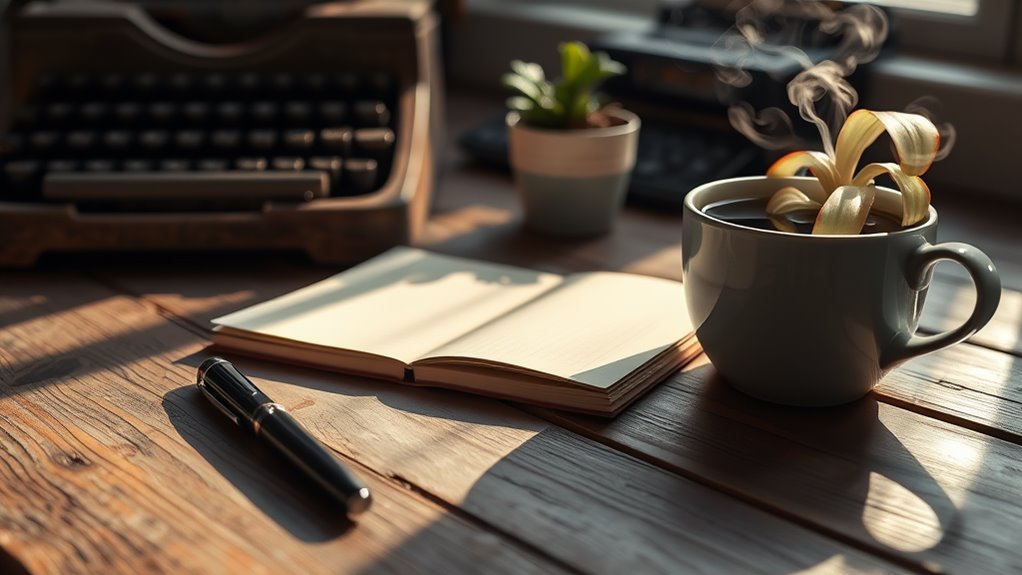The Self-Check That Keeps Me Emotionally Aligned
Have you ever paused to consider how your emotions shape your daily life? It’s easy to overlook our feelings amidst the chaos of everyday tasks. But by engaging in mindful practices like meditation and journaling, you can uncover valuable insights about your emotional landscape. This self-check not only enhances your self-awareness but also equips you with tools for better emotional regulation. What might you discover about yourself through this intentional practice?
Understanding Emotional Awareness
Emotional awareness is crucial for navigating your feelings and reactions effectively. It allows you to identify and understand your emotions in real-time.
By conducting an emotional awareness check-in, you can pause and reflect on what you’re experiencing. This practice helps you recognize triggers and patterns in your emotional responses. Instead of reacting impulsively, you can respond with intention.
Engaging in regular check-ins fosters a deeper connection with yourself, enabling you to process feelings more clearly. As you cultivate this awareness, you’ll find it easier to communicate your needs and establish healthier relationships in your life. Additionally, incorporating regular emotions check-ins into your routine enhances your emotional intelligence and self-awareness.
The Benefits of Regular Check-Ins
How often do you take a moment to check in with yourself? Regular check-ins offer you a chance to pause, reflect, and assess your emotional state.
They help you identify stressors and celebrate victories, big or small. By setting aside time for self-reflection, you gain clarity about your feelings, enhancing your emotional awareness.
This practice also fosters resilience, as you learn to navigate challenges more effectively. Plus, it strengthens your connection to yourself, promoting a sense of balance and well-being. Incorporating daily check-ins into your routine can significantly improve your emotional regulation.
Ultimately, these regular moments of introspection can significantly improve your overall mental health and life satisfaction.
Techniques for Effective Self-Assessment
What techniques can you use for effective self-assessment?
Start by journaling your thoughts and feelings regularly; this helps you identify patterns and triggers.
Next, practice mindfulness meditation to stay present and recognize your emotional state without judgment.
You can also ask yourself reflective questions, like “What’s bothering me right now?” or “What can I change?”
Engaging in regular conversations with trusted friends or mentors can provide fresh perspectives.
Lastly, set specific goals and periodically review your progress, adjusting as needed. Incorporating gratitude practices into your routine can further enhance your emotional clarity and alignment.
These techniques create a structured approach, helping you maintain emotional alignment and clarity in your life.





